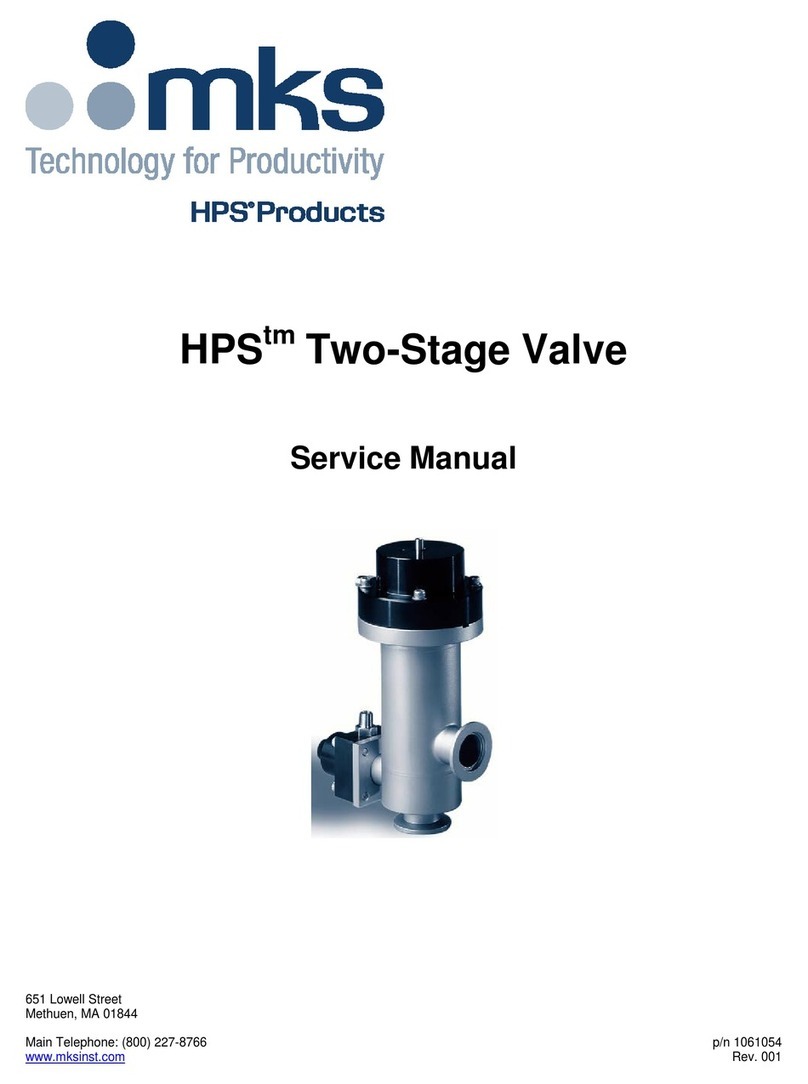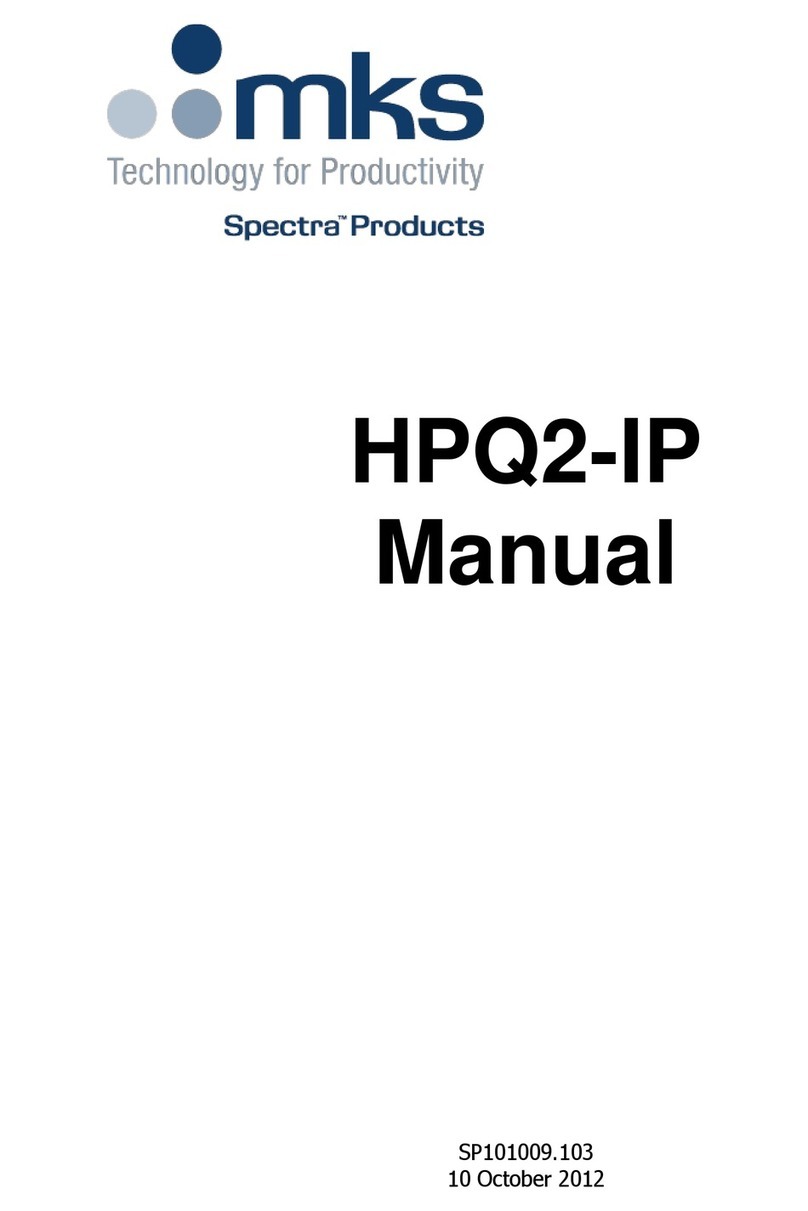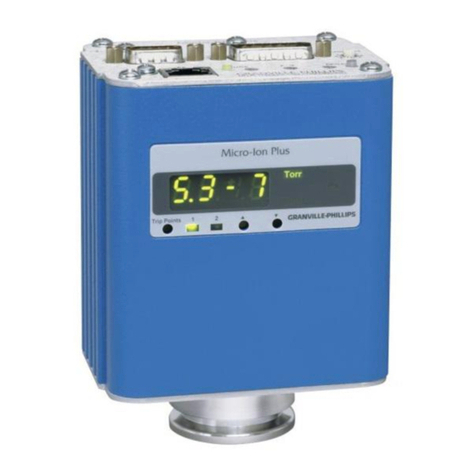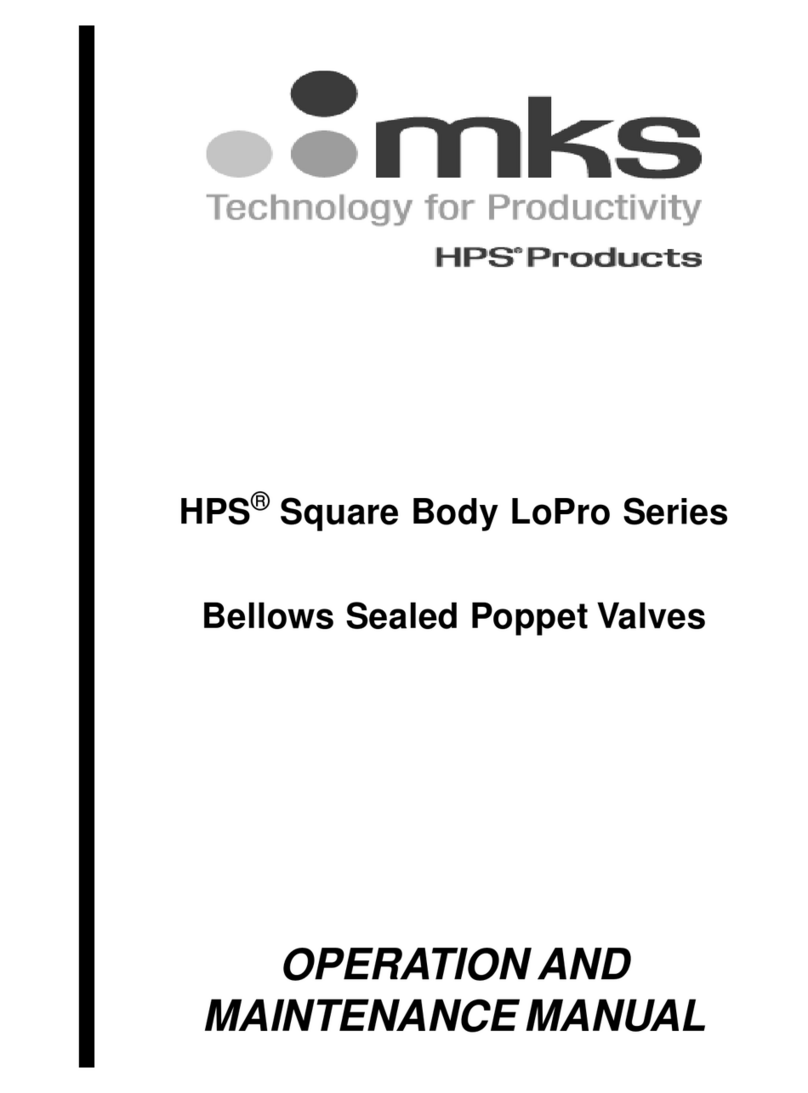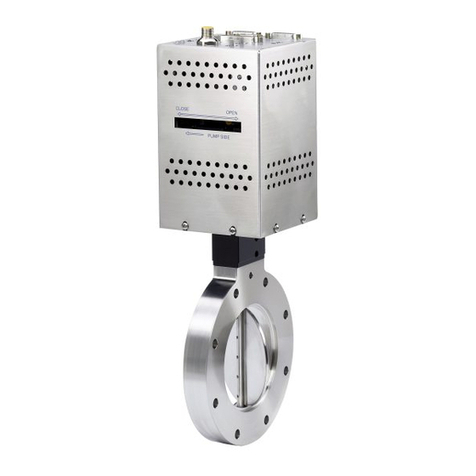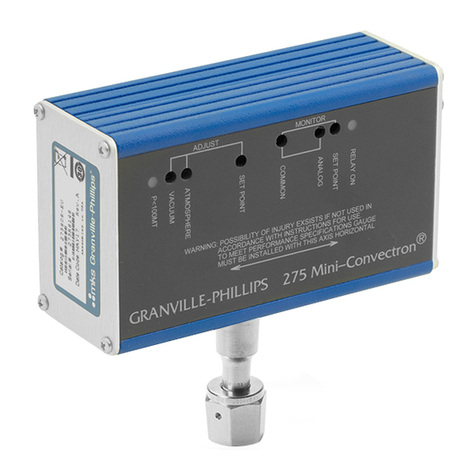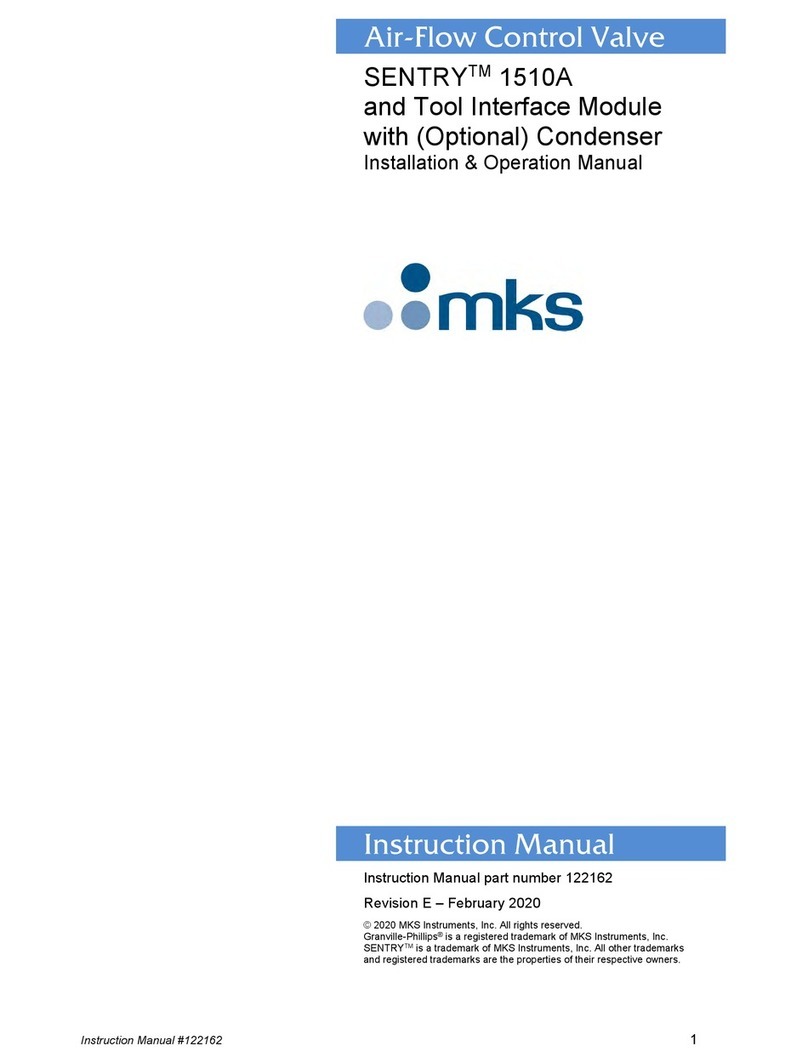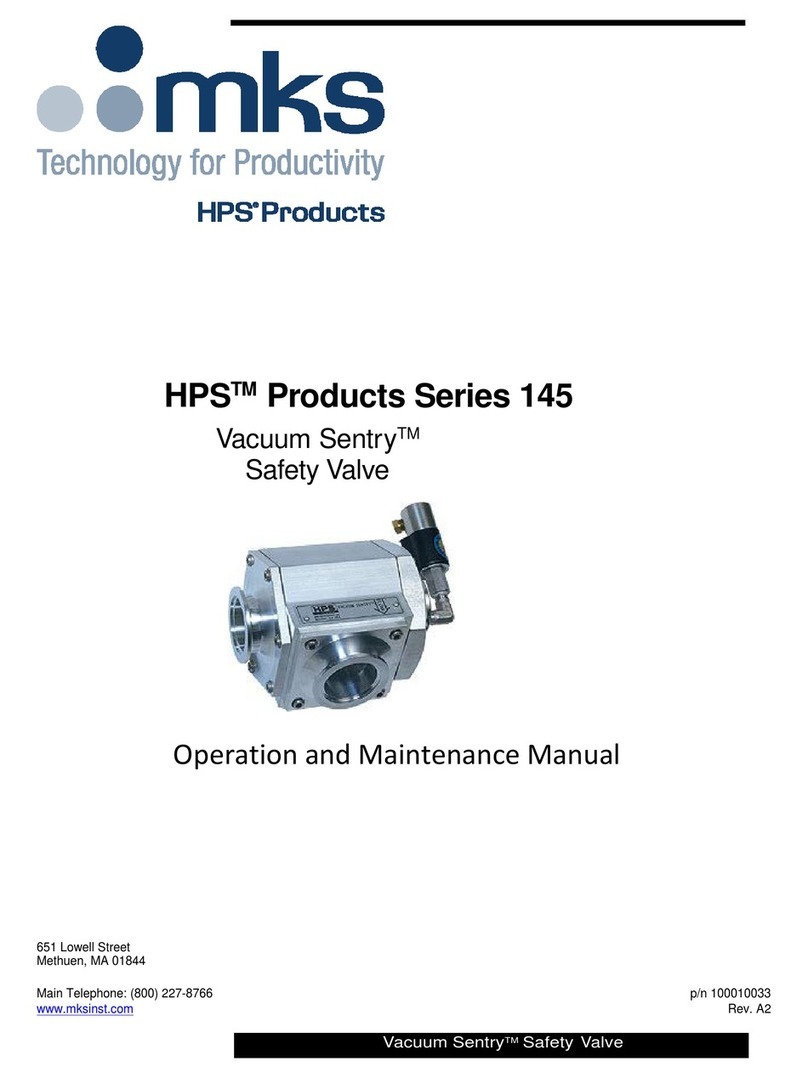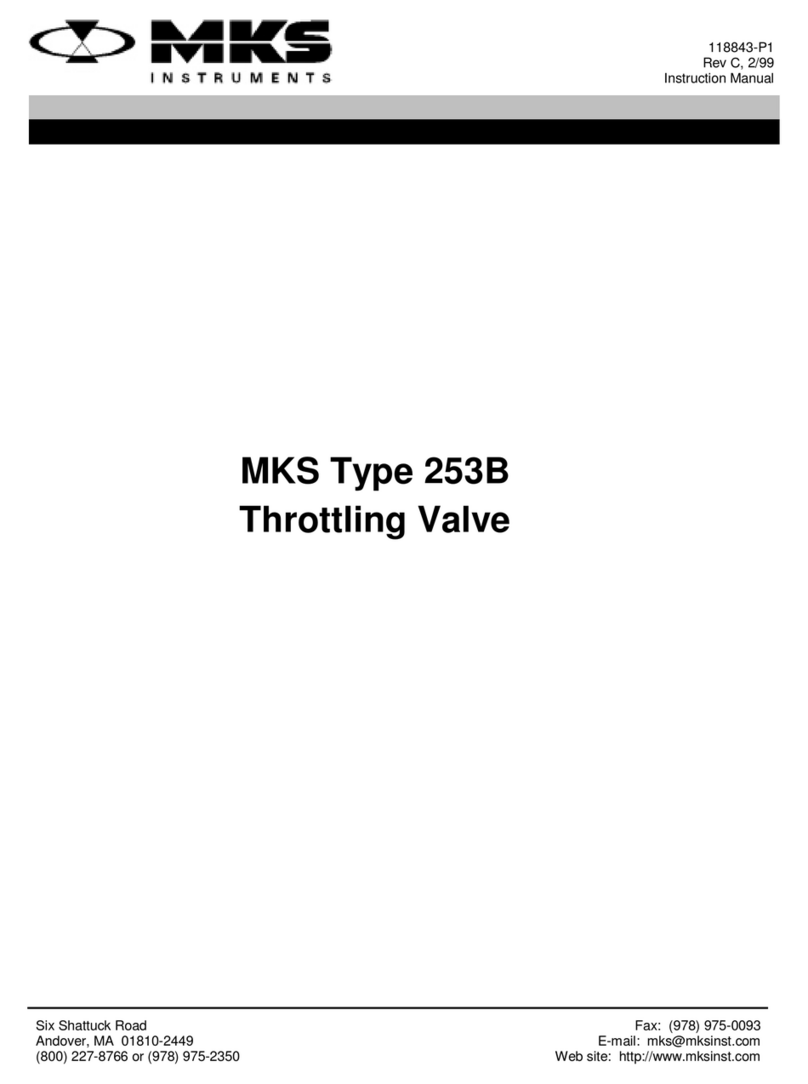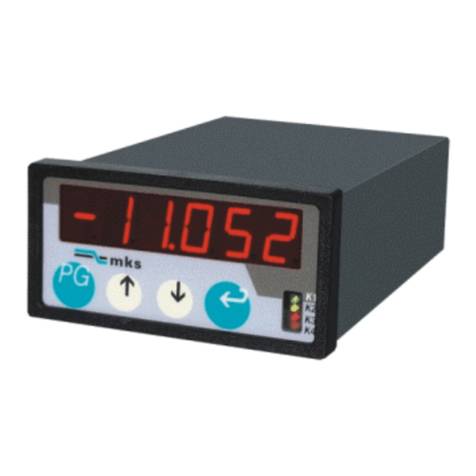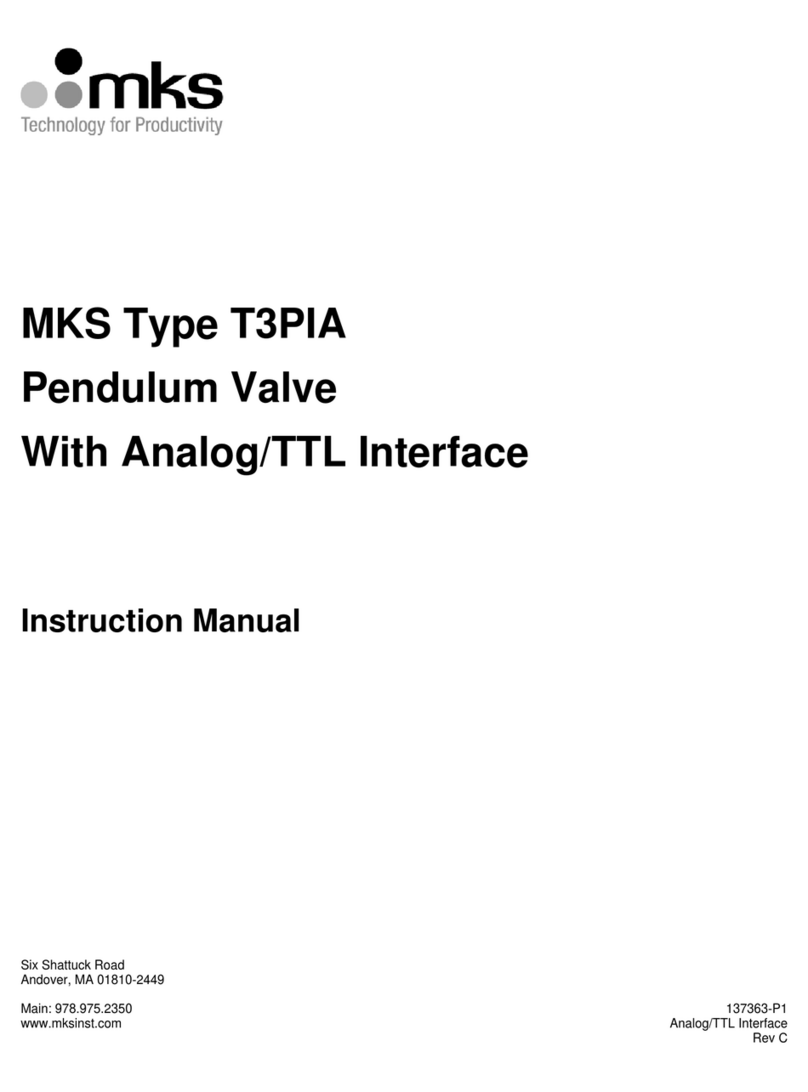
Instruction Manual #12279 Rev. A – February 2014 4
Table of Contents
1 Warranty Information .............................................................................................................. 3
2 Safety Information ................................................................................................................ 5
2.1 General Safety Considerations ............................................................................................... 6
2.2 Safety Alert Labels ....................................................................................................................... 7
2.3 Grounding .................................................................................................................................. 8
2.4 Responsibility ............................................................................................................................ 8
3 Installation ........................................................................................................................... 10
3.1 Installation Check List .............................................................................................................10
3.2 Unpacking - Contents ..............................................................................................................13
3.3 Unpacking – Part Names ........................................................................................................14
3.4 Unpacking - Shipping Material Removal ..............................................................................16
3.5 Installation Guidelines .............................................................................................................17
3.6 Installation Layout ....................................................................................................................18
3.7 Installation - Sentry 1000 ........................................................................................................19
Align the SENTRY 1000 Output ........................................................................................... 19
Mount the SENTRY 1000 ..................................................................................................... 19
Align the SENTRY 1000 Input ............................................................................................. 19
Connect the SENTRY 1000 Input and Output ...................................................................... 20
Ground the SENTRY 1000 ................................................................................................... 21
3.8 Installation - Booster Fan ........................................................................................................22
(Optional Configuration) Connect the Booster Fan Power Supply ....................................... 22
3.9 Installation - Reference Tube .................................................................................................23
Determine if a Reference Tube is Required ......................................................................... 23
Connect the Reference Tube (If Required) ........................................................................... 25
3.10 Installation - Sense Tube ........................................................................................................26
Connect the Process Pressure Sense Tube......................................................................... 26
3.11 Installation - TIM-100/120 .......................................................................................................27
(As Required) Attach the Mounting Brackets to the TIM 100/120 ........................................ 27
Mount the TIM 100/120 to the Tool ....................................................................................... 27
Ground the TIM 100/120 ....................................................................................................... 28
Power Supply ........................................................................................................................ 28
3.12 Installation - SENTRY Cables ................................................................................................29
Connect the TIM-100/120 to the SENTRY 1000 Cable ........................................................ 29
Connect the TIM-100/120 Power and/or Tool Interface ....................................................... 30
(Optional Configuration) Connect the Serial Communication Cable .................................... 32
3.13 Installation - System Start-Up ................................................................................................34
Select Communication Operating Mode ............................................................................... 34
Save Operating Parameter Data .......................................................................................... 34
3.14 Installation - Weight Kit ...........................................................................................................35
Determine If Weight Installation is Required ......................................................................... 35
Determine the Number of Weights (If Required) .................................................................. 36
Install the Weights (If Required) ........................................................................................... 37
4 Operation ............................................................................................................................. 39
4.1 Introduction ...............................................................................................................................39
4.2 Operational Theory ..................................................................................................................39
4.3 Manual Mode Operation of the SENTRY 1000 ...................................................................41
Manual (Stand-Alone) Operation .......................................................................................... 41
Manual Mode Pressure Set Point Changes.......................................................................... 41
4.4 Tool Interfaced Operation of the SENTRY 1000 .................................................................42
Analog Interfaced Operation ................................................................................................. 42
Serial Interfaced Operation ................................................................................................... 42
5 Maintenance ........................................................................................................................ 43
5.1 Scheduled Maintenance .........................................................................................................43
Preventative Maintenance (PM) Inspection and Cleaning Schedules .................................. 43
Preventative Maintenance (PM) Cleaning Procedure .......................................................... 43
5.2 Troubleshooting .......................................................................................................................44
Troubleshooting Guide .......................................................................................................... 44
6 Appendix A: ......................................................................................................................... 46
7 Appendix B: Specifications and Facility Requirements ................................................ 49
8 Appendix C: Recommended System Grounding ........................................................... 50
9 Index ..................................................................................................................................... 51
